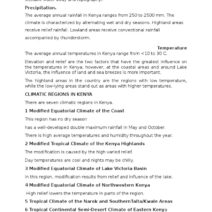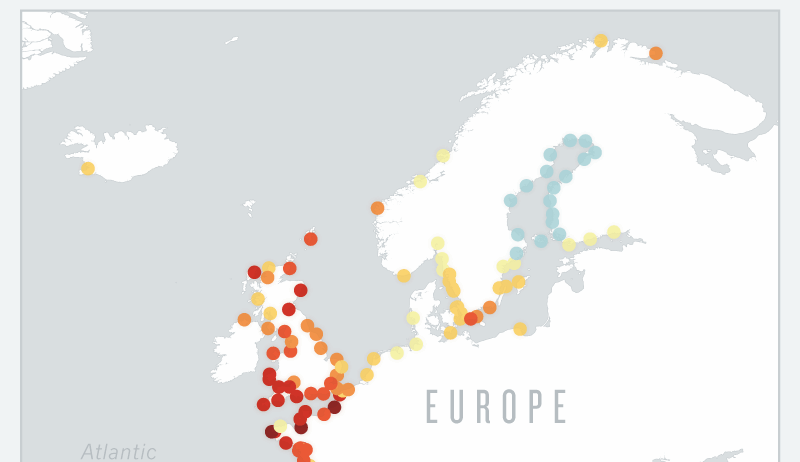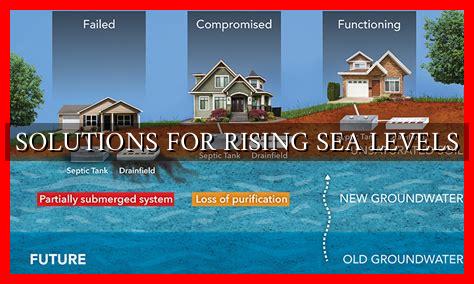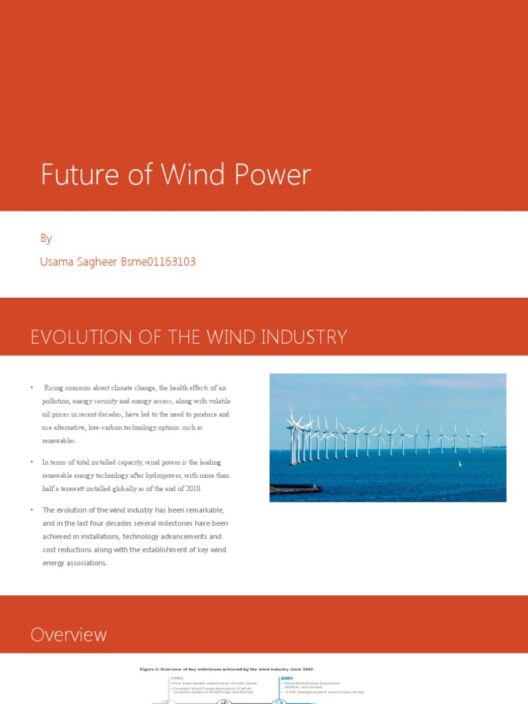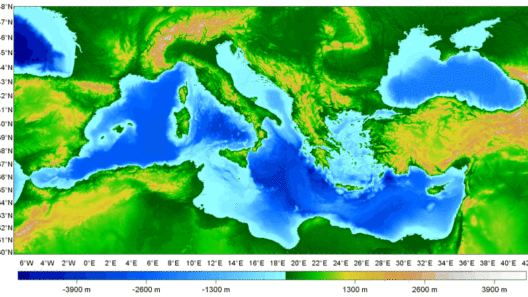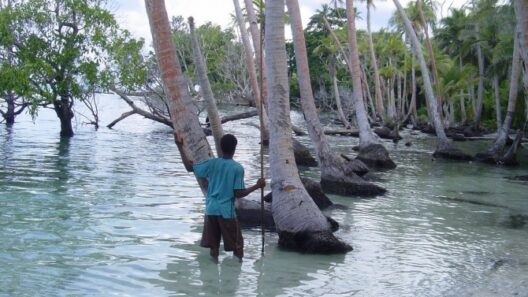The ocean, our planet’s vast blue expanse, is a relentless force of nature, reflecting our climate’s health and vulnerabilities. Examining the speed of sea level rise brings to light the stark reality of our warming world. This phenomenon isn’t just a slow creep; it embodies a straightforward, albeit unsettling, truth: sea levels are rising faster than ever before, creating an urgent call for action and awareness.
As glaciers and ice sheets melt at unprecedented rates, and as thermal expansion occurs due to rising water temperatures, the dramatic rise in sea levels threatens coastal communities, ecosystems, and human livelihoods. Grappling with this critical issue requires a thorough understanding of the factors driving sea level rise and its potential repercussions.
Understanding the Motion of the Tides: The Mechanics of Sea Level Rise
While it may seem as if the sea moves with the slow grace of a tide, the mechanisms behind rising sea levels are anything but gentle. The alarming acceleration of this phenomenon is attributed to two primary factors: the melting of land-based ice and the warming of ocean waters.
Firstly, the Antarctic and Greenland ice sheets hold the Earth’s vast reservoirs of freshwater. As global temperatures rise, these colossal ice masses succumb to melting at an alarming rate. For instance, the Antarctic ice sheet has been losing ice equivalent to about 281 billion tons per year during the past few decades, according to recent studies. The meltwater flows into the ocean, contributing to the elevation of sea levels.
Secondly, the oceans themselves expand as they absorb heat. The process of thermal expansion means that warmer water occupies more volume than colder water. Given the historical increase in ocean temperatures over the past century, this thermal expansion plays a significant role in sea level rise. The combination of these two factors generates a dual force that propels sea levels upward at a faster pace, amplifying the risk for coastal regions.
The Numbers Don’t Lie: Measuring Sea Level Rise
Recent data reveals a troubling trend. Sea levels are now expected to rise by an average of 1 to 3 feet by the year 2100, depending on emission scenarios. Some estimates suggest that these figures may be conservative. A more extreme projection posits that if the Greenland ice sheet continues to melt at its current rate, we could observe increases of over 6 feet by the century’s end.
Whether one looks at local changes or global averages, the reality remains the same: communities are at risk. Low-lying areas are already experiencing regular flooding, while cities like Miami and New Orleans struggle to adapt. Communities once reliant on the ocean’s bounty face salty incursions into their freshwater systems, challenging their very existence.
The Ripple Effect: Impacts Beyond the Shoreline
Sea level rise casts wide-reaching consequences that extend far beyond mere beachfront properties. From natal habitats teetering on the brink of disappearances to storm surge exacerbation, the ripple effects touch every corner of ecological and human systems.
For instance, coastal ecosystems like mangroves, salt marshes, and coral reefs serve as critical buffers against erosion and provide vital habitats for countless marine species. As they become inundated, the balance of these ecosystems is disrupted, leading to biodiversity losses with cascading effects throughout food webs.
Furthermore, the societal implications of rising sea levels cannot be understated. Populations in coastal areas face displacement, loss of livelihood, and the rising cost of mitigation efforts. Adaptation strategies, whether through the construction of sea walls or managed retreats, often carry significant financial burdens, straining municipal resources and exacerbating socioeconomic disparities.
Charting a Course Forward: Mitigation and Adaptation Strategies
As the effects of climate change become increasingly apparent, proactive measures to address sea level rise must be at the forefront of environmental policy and community planning. It is imperative to explore both mitigation strategies—aimed at reducing greenhouse gas emissions—and adaptation strategies that focus on preparing for and responding to inevitable changes.
Transitioning to renewable energy sources, enhancing building codes, and implementing sustainable land-use practices form the backbone of mitigation efforts. Meanwhile, adaptation strategies may involve fortified infrastructure, restoring natural buffers like wetlands, and developing comprehensive emergency response plans in at-risk areas.
The future of coastal zones hinges not only on scientific understanding but also on collective action. Collaboration among governments, communities, and organizations is crucial as we navigate this turbulent chapter in Earth’s history. The stakes could not be higher because as we tamper with our climate’s chemistry, the ocean predominantly returns the favor with rising tides and encroaching shores.
In an age of swiftly unfolding changes, a keen awareness of sea level rise is not just good to have—it’s essential. Its accelerated pace serves as a reminder of our fragile relationship with nature and the pressing need for stewardship of our planet. As the waves inch ever closer, our response is paramount.”


